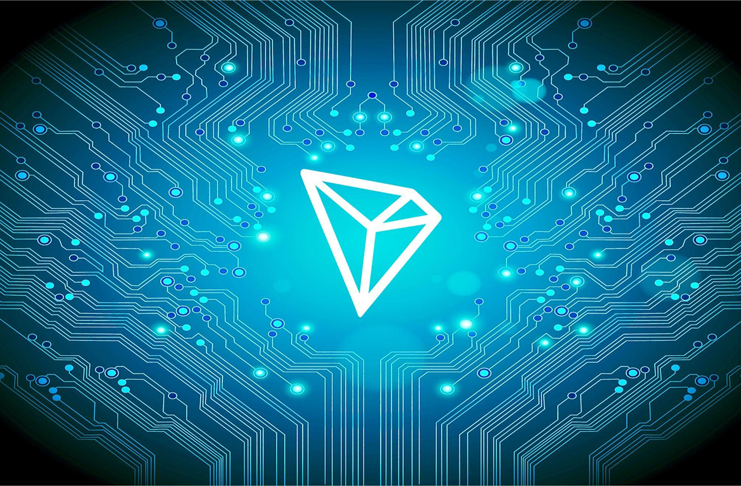Web3 has developed a rather negative name for itself in the arena of sustainability and protecting the planet. That’s thanks in large part due to chains like Ethereum and Bitcoin which consume massive amounts of energy for their protocols. But a recent research report has shown that one of the greenest networks out there is TRON.
The CCRI, or Crypto Carbon Ratings Institute is responsible for auditing networks to identify and measure their energy efficiency and carbon footprint. The institute has systematically assessed the energy efficiency of the leading POS networks against their POW peers. The paper explored the electricity consumption and carbon footprint of various proof-of-stake networks, including TRON, Avalanche, Algorand, Cardano, Polkadot, Tezos, and Solana (SOL) compared them to the leading proof-of-work networks, Bitcoin and Ethereum.
The report findings
The findings were quite shocking. It was identified that the energy consumption of PoW blockchains such as Bitcoin and Ethereum is over 83 and 22 million kWh, respectively. In contrast, PoS blockchain TRON had a yearly energy consumption of just 162,868 kWh. This represents 99.9% less power than that consumed by Bitcoin and Ethereum.
Drilling down into the data, it was found that while chains like Bitcoin and Ethereum guzzle as much energy as 8.5 million U.S. households and 1.6 million U.S. households, respectively, TRON’s energy consumption is equal to the energy used by just 15 average U.S. households.
This puts TRON in the running as one of the most sustainable and environmentally friendly chains in the Web3 arena. TRON built its unique Delegated Proof of Stake (DPoS) consensus mechanism, from the ground up, while Ethereum is struggling to adapt its chain to a new PoS model.
According to the Founder of TRON, Justin Sun, “The growing amount of energy consumption of modern-day blockchains is not sustainable in the long term for neither users nor economies at scale. The best networks are the ones that can promote decentralization while keeping their carbon footprint low in order to help lead the world into a greener future.”
As governments are laser-targeted on bringing carbon emissions to zero, with new regulations and incentives, “These swift changes are bringing rise to more projects focused on creating a greener economy; the same is true in the blockchain industry.”
Why is PoS so much friendlier for the planet?
PoW chains require miners to use massive amounts of energy to solve complex riddles in order to be rewarded. The PoS model, on the other hand, requires participants to stake their holdings in exchange for rewards. Other protocols like Solana and Cardano also use the PoS model, like TRON, however thanks to TRON’s unique DPoS model, it successfully uses a fraction of the energy of many of its other PoS counterparts.
DisClamier: This content is informational and should not be considered financial advice. The views expressed in this article may include the author's personal opinions and do not reflect The Crypto Basic opinion. Readers are encouraged to do thorough research before making any investment decisions. The Crypto Basic is not responsible for any financial losses.



